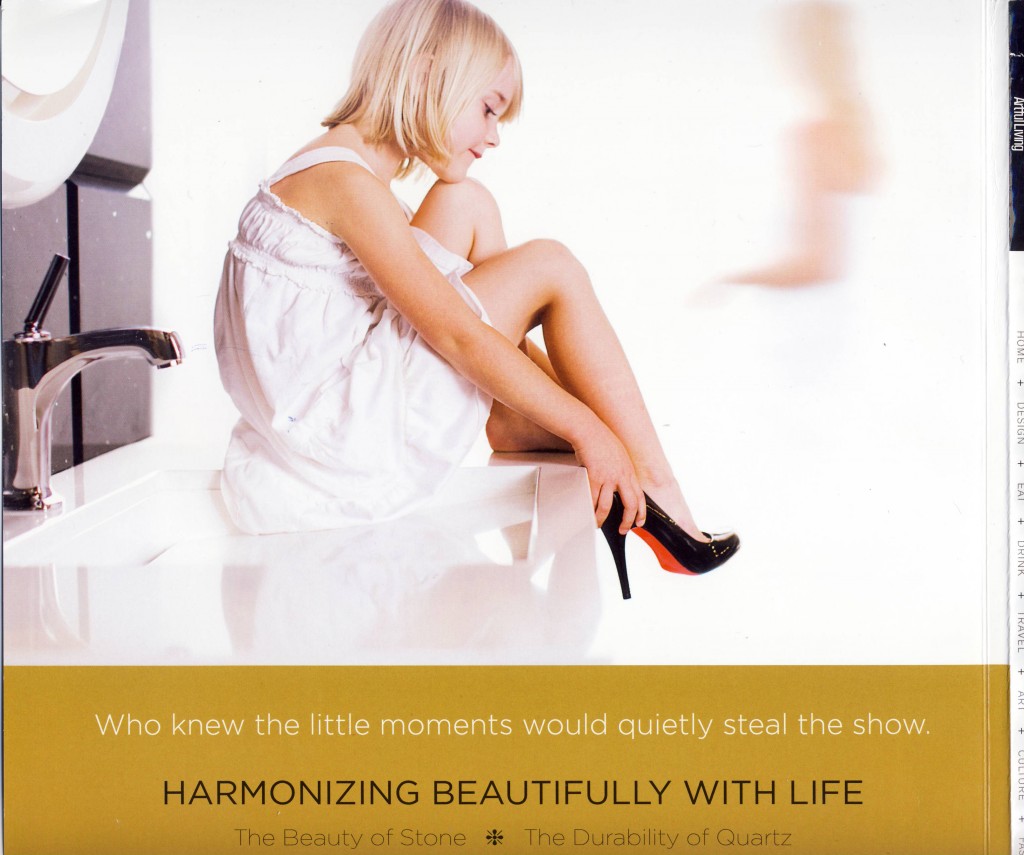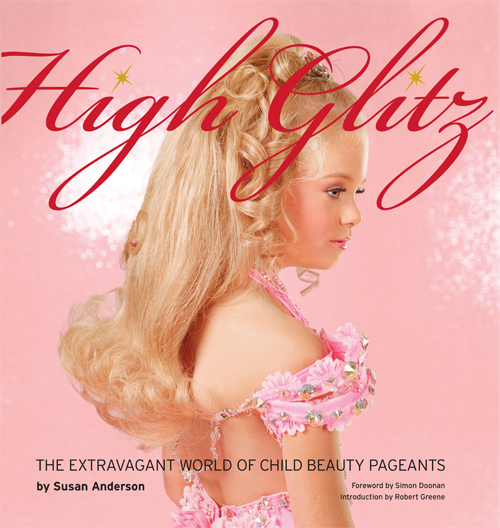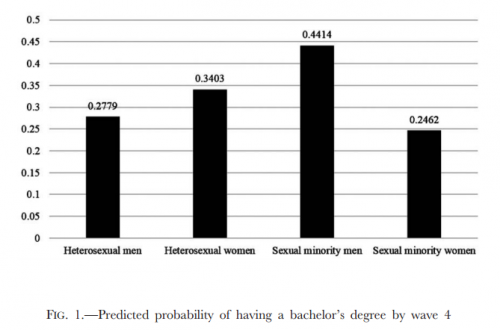Serena Williams, the winner of 21 Grand Slam titles and arguably the greatest living female athlete, was understandably exhausted after defeating her sister and best friend Venus Williams in the U.S. Open earlier this week. So she wasn’t having it when, during a post-match press conference on Tuesday, a reporter had the gall to ask why she wasn’t smiling.
Williams looked down and gave an exasperated sigh before shelling out the best response an athlete has given in an interview since football player Marshawn Lynch’s “I’m just here so I won’t get fined” trademark phrase.
It’s 11:30. To be perfectly honest with you, I don’t want to be here. I just want to be in bed right now and I have to wake up early to practice and I don’t want to answer any of these questions. And you keep asking me the same questions. It’s not really … you’re not making it super enjoyable.
[youtube]https://www.youtube.com/watch?v=-Xv1e5U0g_g[/youtube]
Nervous laughter may have broken out in the crowd, but what Williams expressed wasn’t a joke. All women are expected to perform femininity at the cost of being their authentic selves in the public sphere. Williams had just experienced what was likely one of the most emotionally and physically draining matches in her career. Taking on your sister in a high-stakes game isn’t easy. She had told the Associated Press before her win:
She’s the toughest player I’ve ever played in my life and the best person I know. It’s going against your best friend and at the same time going against the greatest competitor, for me, in women’s tennis.
It makes sense that she would not be smiling ear-to-ear during the media conference. But it turns out no matter how insanely accomplished or famous you become, you will still be subjected to the innocuous-sounding but ever-so-pernicious “why don’t you smile?” interjection from those who feel entitled to make demands of women. Williams’ retort was her attempt at dismantling that sense of entitlement. For those who say the reporter’s question was a harmless jest, they should ask themselves if Roger Federer or Rafael Nadal would ever be expected to defend their stern or tired expressions.
And the problem exists not just in the image-heavy world of professional sports. On Wednesday, Apple did little to change the public’s perception of the tech industry as a sexist one. During a launch presentation in San Francisco, the first woman to be seen on stage at the male-dominated event wasn’t a keynote speaker or even a presenter, but a model in a magazine photo. Adobe’s director of design used her image to show off the Photoshopping capabilities of the new iPad Pro.
What did he decide to Photoshop one might ask? A smile onto her face. He could have altered literally any aspect of any image he wanted but decided instead to force a woman’s visage into a grin.

What happened at the tennis conference and the tech launch are symptoms of the same problem. Women, whether athletes or models, are often seen as products. They’re meant to be consumed and enjoyed, and expressions of personality — like not constantly grinning — distract from their role as ornaments.
It’s the reason projects like Stop Telling Women to Smile by Tatyana Fazlalizadeh have cropped up to address the microaggressions women face on a daily basis. Women don’t exist to smile for men and aren’t obligated to present a cheerful disposition to the world. To expect that denies us our humanity and only reinforces male privilege.
Anita Little is the associate editor at Ms., where this post originally appeared. You can follow her on Twitter.




